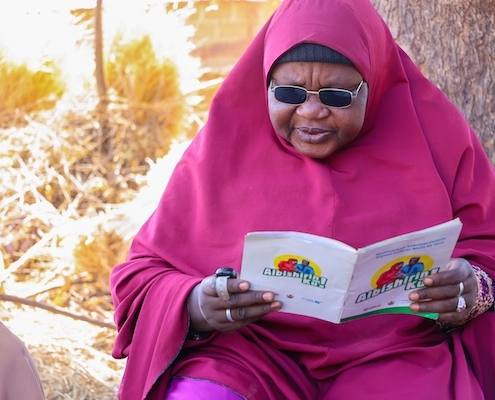
Religious and Traditional Leaders as Champions for Social and Behavior Change in Nigeria
English Nigeria Sexual and Reproductive Health, Gender, Malaria, Maternal and Child Health, Nutrition, Provider Behavior Change, Service Delivery, Tuberculosis Case Study, Implementation Guidance Advocacy, Community Engagement, Social and Structural Breakthrough ACTIONThese documents outline Breakthrough ACTION's approach to advocacy among religious and traditional leaders and the impact of that work.
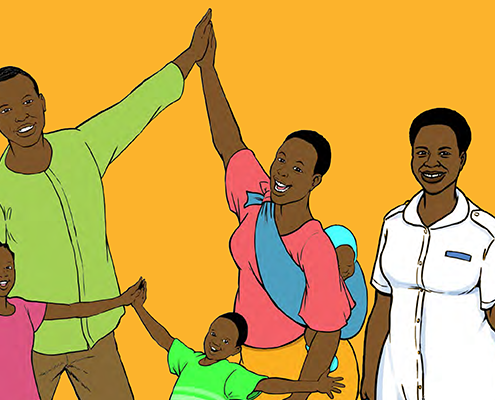
South Sudan Provider Behavior Change Toolkit
English South Sudan Sexual and Reproductive Health, Maternal and Child Health, Provider Behavior Change, Service Delivery Implementation Guidance, Toolkit Social and Behavior Change Communication Breakthrough ACTIONThis toolkit supports the design, implementation, and evaluation of effective facility-based provider behavior change FP/RH initiatives.

Liberia Interpersonal Communication and Counseling Curriculum
English Liberia Sexual and Reproductive Health, Provider Behavior Change, Service Delivery, Youth Implementation Guidance, Toolkit Social and Behavior Change Communication Breakthrough ACTIONThis curriculum focuses on building provider skills in communication, empathy, and compassion to provide more effective and responsive care.
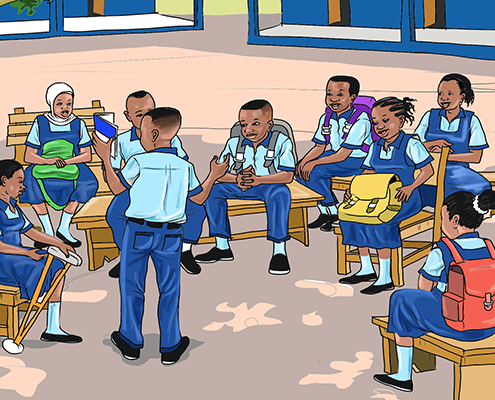
Adolescent Health Club Discussion Guide and Booklet
English Liberia Sexual and Reproductive Health, Gender, HIV, Malaria, Maternal and Child Health, Nutrition, Youth Implementation Guidance Community Engagement, Social and Behavior Change Communication Breakthrough ACTIONThe adolescent health club facilitator guide and health booklet for youth cover topics such as puberty, family planning, and self-esteem.
 Breakthrough ACTION Liberia
Breakthrough ACTION LiberiaTraining Health Advocacy Committees in Liberia
English Liberia Sexual and Reproductive Health, Gender, HIV, Malaria, Maternal and Child Health, Nutrition, Youth Implementation Guidance Community Engagement, Social and Behavior Change Communication, Social and Structural Breakthrough ACTIONThese facilitator guides are designed to train stakeholders and leaders in SMART advocacy with the aim of advocating for issues affecting health outcomes.
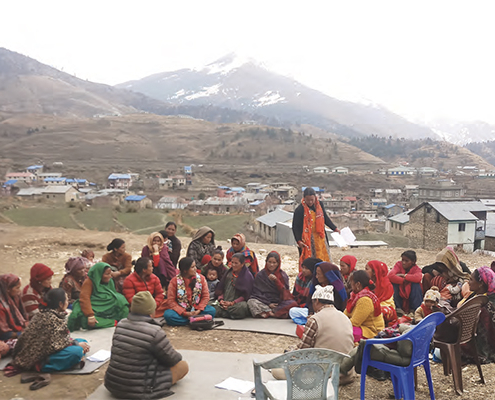
Palika Package to Strengthen Social and Behavior Change Capacity in Nepal
English Nepal Child Early Forced Marriage, Maternal and Child Health, Service Delivery, Youth Implementation Guidance Advocacy, Monitoring and Evaluation, Social and Behavior Change Communication, Social and Structural Breakthrough ACTIONThis package supports developing, advocating, implementing, monitoring, and evaluating SBC capacity for local-level health personnel and elected officials.
 Breakthrough ACTION
Breakthrough ACTIONMedia Buying for Impactful Social and Behavior Change Programming in Nigeria
English Nigeria COVID-19, Sexual and Reproductive Health, Gender, Malaria, Maternal and Child Health, Nutrition, Provider Behavior Change, Service Delivery, Tuberculosis Fact Sheet/Brief Digital, Social and Behavior Change Communication Breakthrough ACTIONThis learning brief describes a strategy for working with mass media in Nigeria and offers lessons for integrating this approach in large SBC projects.

Flourish In Your Land Entrepreneur Radio Program
Spanish Guatemala Nutrition Video/Animation Advocacy, Social and Behavior Change Communication Breakthrough ACTIONThis radio program highlights the success of young entrepreneurs in the highlands of Guatemala. It aims to reduce irregular migration.
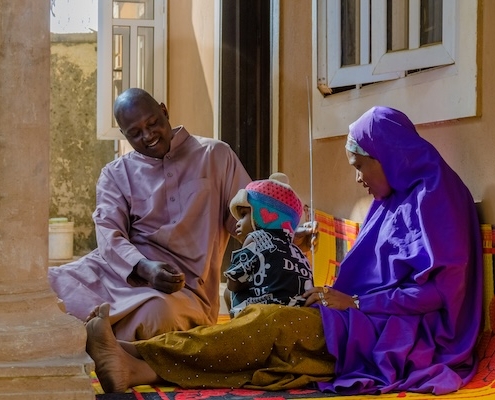
Celebrating Successes, Consolidating Learning, and Transitioning for Sustainability: Breakthrough ACTION-Nigeria
Nigeria COVID-19, Sexual and Reproductive Health, Gender, Global Health Security, Malaria, Maternal and Child Health, Nutrition, Provider Behavior Change, Tuberculosis Report Behavioral Science, Community Engagement, Digital, Human-centered Design, Monitoring and Evaluation, Social and Behavior Change Communication, Social and Structural Breakthrough ACTIONThis book provides an overview of Breakthrough ACTION-Nigeria activities and approaches from 2018 to 2024.

